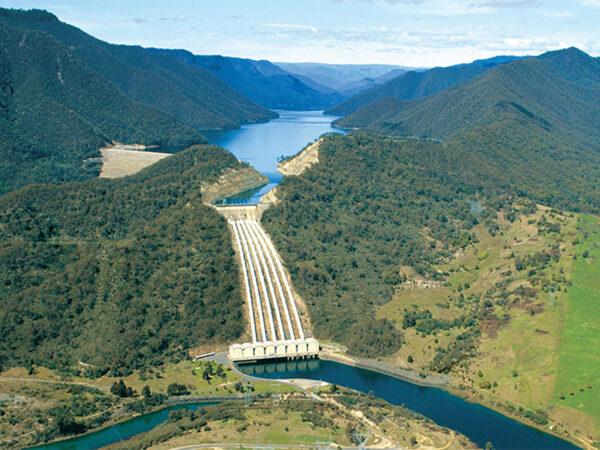Australians living across the east coast and southern states can expect to see cheaper electricity bills as more wind, solar, and gas generation enter the market.
In particular, the closure of Liddell in New South Wales (NSW) will see the exit of 1,680 MW (megawatts) from the grid—adding up to a total 2,500 MW following the retirement of gas generators in South Australia and Queensland.
But this has been outweighed by a sharp increase in energy supply, with almost 5,500 MW (megawatts) of large-scale generation and storage projects committed over the next three years—on top of 4,130 MW of new rooftop solar.
These major projects include the $600 million, 660 MW gas plant in Kurri Kurri, NSW, along with the multi-billion dollar pumped hydro project, Snowy 2.0, capable of functioning as a battery and delivering 2,000 MW for seven days and seven hours when full.

The Australian Capital Territory (ACT), however, will be the only region expected to see a price rise of about $77, or four percent, due to expensive contracts struck between the ACT government and renewable energy providers in its goal to achieve 100 percent renewable generation by 2020.
- Australian Capital Territory increased by $77 (4 percent)
- New South Wales decreased by $50 (4 percent)
- Victoria decreased by $99 (8 percent)
- Queensland decreased by $126 (10 percent)
- South Australia decreased by $35 (2 percent)
- Tasmania decreased by $125 (6 percent)
AEMC Chair Anna Collyer said the report showed how smart integration of renewables could play a positive role in both lowering emissions and costs for consumers.
“We can now see far enough into the future to be confident that power prices paid by consumers will continue to trend downwards over the next three years, despite the staged exit of Liddell power station in 2022 and 2023, one of the biggest coal-fired generators in the national electricity market,” Collyer said.
Fears have grown following the impact caused by the abrupt closure of the Hazelwood coal plant in 2017, and the exit of 1,600 MW supplying 25 percent of Victoria’s electricity needs and around 8 percent of the whole NEM.
In particular, the subsequent disruption was felt across the NEM, with average energy prices shooting up by 85 percent for Victoria, 63 percent for New South Wales, 53 percent for Queensland, and a further 32 percent for South Australia.

“This isn’t just a tweak around the edges,” Schott previously said. “It’s about a whole redesign of the national electricity market.”
Expert in electrical grid systems and University of Melbourne Engineering Professor Iven Mareels agreed with the point and said that although he believed Australia had to pivot away from fossil fuel energy, it had to be done so with sufficient planning.
“We can’t transition like a cowboy,” Mareels previously told The Epoch Times. “We have to transition carefully.”
“Saying ‘we can do this overnight, take all the coal-fired power plants, and she’ll be alright mate’—it’s not going to work,” he said.
This has been illustrated in the United Kingdom (UK) and Europe earlier this year, where heavy reliance on wind generation left the UK scrambling for gas imports following waning wind levels compounded by a series of other factors.
This mechanism will pay generators to guarantee energy supply during periods of energy uncertainty and serves to reward reliable generators for being available—as opposed to wind and solar which only provide intermittent benefit, but which otherwise undercut other generators.





